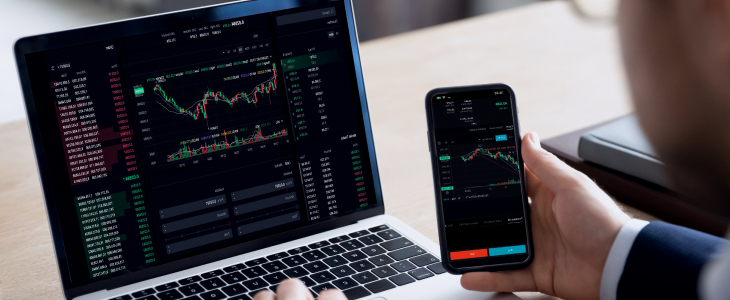
Understanding Forex Trading Leverage: Maximize Your Profits with Caution
Forex trading leverage is a powerful tool that allows traders to control a larger position with a smaller amount of capital. This financial mechanism can significantly amplify potential gains, but it also increases risk. In this article, we will delve deep into the concept of leverage in forex trading, discussing its mechanics, advantages, potential pitfalls, and strategies for risk management. For those interested in the forex market, it’s helpful to explore the services of forex trading leverage Trading Brokers in the Philippines, which can provide valuable insights and tools for effective trading.
What is Forex Trading Leverage?
Leverage in forex trading refers to the use of borrowed capital to increase the potential return of an investment. It allows traders to open larger positions than their actual capital would otherwise permit. For example, if a trader has $1,000 and uses a 100:1 leverage ratio, they can control a position worth $100,000. This is done through margin trading, where a trader only needs to deposit a fraction of the total trading amount as collateral.
How Does Leverage Work?
When a trader uses leverage, they effectively borrow money from their broker to enlarge their trading position. The broker specifies the amount of margin required to open a position. The higher the leverage, the smaller the margin requirement. For instance, using a leverage of 100:1 requires only 1% of the trade’s value as margin. If the trade goes in the trader’s favor, the profits are amplified, enabling substantial returns on the initial investment. However, if the trade moves against the trader, losses can also escalate quickly.

Advantages of Forex Trading Leverage
The primary advantage of using leverage in forex trading is the potential for increased profits. Traders can control larger positions with a smaller investment, allowing them to maximize returns on successful trades. Here are some key benefits:
- Greater Market Exposure: Leverage enables traders to participate in the forex market more effectively, even with limited capital.
- Potential for High Returns: Successful trades can yield returns that far exceed the initial investment, making it an attractive option for many traders.
- Diverse Trading Strategies: Leverage offers flexibility in employing various trading strategies, such as swing trading or day trading.
Risks Associated with Forex Trading Leverage
Despite its advantages, leverage comes with significant risks. The potential for high returns is accompanied by the possibility of high losses. Here are some risks that traders should be aware of:
- Increased Loss Potential: Small market movements can lead to substantial losses if the market moves against the trader’s position.
- Margin Calls: If a trader’s equity falls below the required margin level, the broker may issue a margin call, requiring the trader to deposit more funds or close positions.
- Emotional Stress: The pressure of trading on margin can lead to emotional decision-making, which often results in further losses.
Choosing the Right Leverage Ratio

Selecting the appropriate leverage ratio is crucial for effective risk management. Most brokers provide various leverage options ranging from 10:1 to 500:1 or even more. Here are some considerations to choose the right level of leverage:
- Your Risk Tolerance: Understand your risk appetite and only use leverage that aligns with your comfort level regarding potential losses.
- Your Trading Experience: Novice traders may benefit from lower leverage ratios to minimize risk, while experienced traders might effectively manage higher leverage.
- Market Conditions: Market volatility can impact the effectiveness of leverage. During highly volatile periods, lower leverage may be wise to avoid large swings in account equity.
Risk Management Strategies for Leverage Trading
Successful traders often implement risk management strategies to safeguard their capital while using leverage. Here are some proven methods:
- Set Stop-Loss Orders: Placing stop-loss orders can help limit potential losses by automatically closing a position once it reaches a predetermined loss threshold.
- Use Take-Profit Orders: Define profit targets ahead of time and set take-profit orders to secure gains when they are achieved.
- Limit Your Leverage: Trading with lower leverage can significantly reduce exposure to risk, allowing for controlled losses.
- Regularly Review Trades: Keeping a journal of trades, including leverage used and outcomes, can lead to better decisions in the future.
Conclusion
Forex trading leverage is a powerful tool that, when used wisely, can enhance trading profitability. However, it is essential for traders to understand both the advantages and risks involved. By employing robust risk management strategies and choosing an appropriate leverage ratio, traders can navigate the forex market successfully. As with all trading, a well-thought-out approach and continuous learning are critical to long-term success in the ever-evolving world of forex trading.
